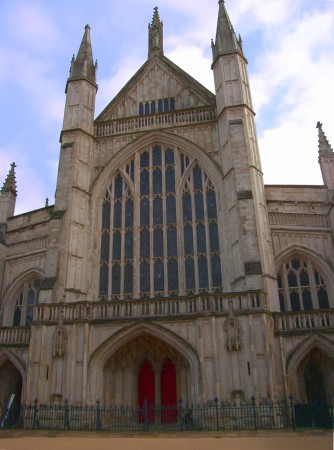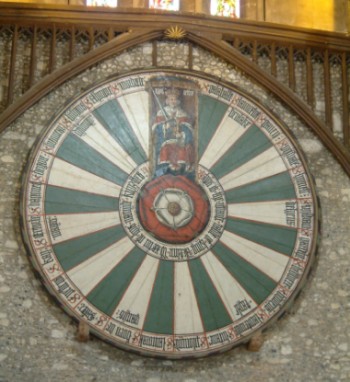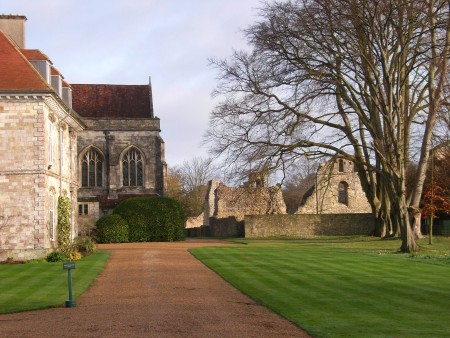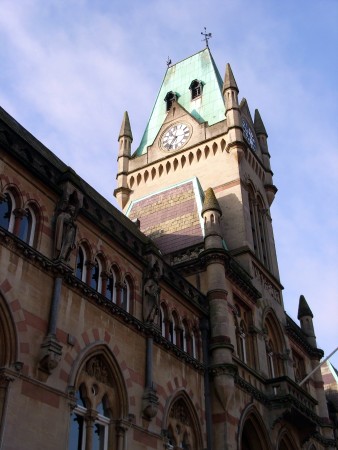About Winchester
The history of Winchester stretches back to pre-Roman times, with evidence of Iron Age forts in the area occupied by the present city. During Roman occupation, the city was known as Venta Belgarum and was an important administrative centre. After the Anglo-Saxon conquest, Winchester became the capital, first of Wessex in the time of King Alfred the Great, and then of England, until the Norman Conquest in the 11th century.
The present day city contains many historic buildings and museums, along with extensive parks and water meadows along the banks of the River Itchen. All of the following attractions, many of which are free to enter, can be easily reached from the city centre on foot.
Things to see in Winchester
Winchester Cathedral. One of the largest cathedrals in England, Winchester Cathedral was originally founded in 642 and the current building dates from 1079. The cathedral houses the grave of Jane Austen and was used as a film set for The Da Vinci Code.

The main doors of Winchester Cathedral

The eastern end of the Cathedral
The Great Hall / Winchester Castle. The Great Hall, built between 1222 and 1235 is the most well preserved portion of Winchester Castle. The Great Hall houses an imitation of King Arthur's round table constructed in 1275 (free entry).

The round table of King Arthur
Wolvesley Castle (Old Bishop's Palace). Originally constructed in the 11th century as a Norman keep, this ruined castle was later the residence of the Bishop of Winchester (free entry).

The ruins of Wolvesey Castle lie beside the new bishop's palace
Winchester College. Founded in 1382, Winchester College is one of the oldest continuously running schools in England. The medieval college buildings, including a Gothic chapel and cloister can be viewed on guided tours.

Winchester Guild Hall, site of the conference banquet
St. Giles Hill. Just south of the river, a short walk up St. Giles Hill provides good views of Winchester city centre.
St. Catherine's Hill Wildlife Reserve. A slightly longer walk along the river leads to St. Catherine's Hill, the site of an ancient hill fort, featuring views of the surrounding downs (hills), a variety of wildlife and a medieval labyrinth (free entry).
Winchester City Mill. Originally built in 1744, the Winchester City Mill has recently been restored to working order and can be viewed milling flour by water power.
Winchester City Museum. The City Museum tells the story of Winchester through display of its extensive archaeological and local history collections (free entry). Winchester also has many other museums, detailed on this page.
Walking paths. Besides featuring a number of walking trails within the city, Winchester is also the beginning (or end) of a number of long distance footpaths, including: the to Windsor, the Clarendon Way to Salisbury, the South Downs Way to Eastbourne, the Itchen Way to Southampton, St Swithun's Way to Farnham and the Pilgrim's Trail to Portsmouth.
Pubs and restaurants
Winchester has a wide variety of pubs and restaurants to suit all tastes and budgets. Here is a by no means exhaustive list that should be sufficient to get your evening started. Note that many (though not all) pubs will also serve food.